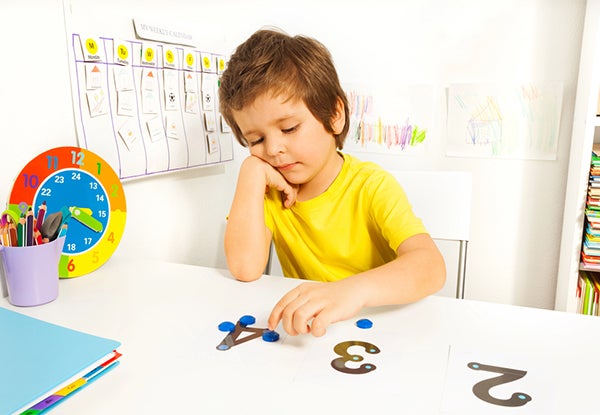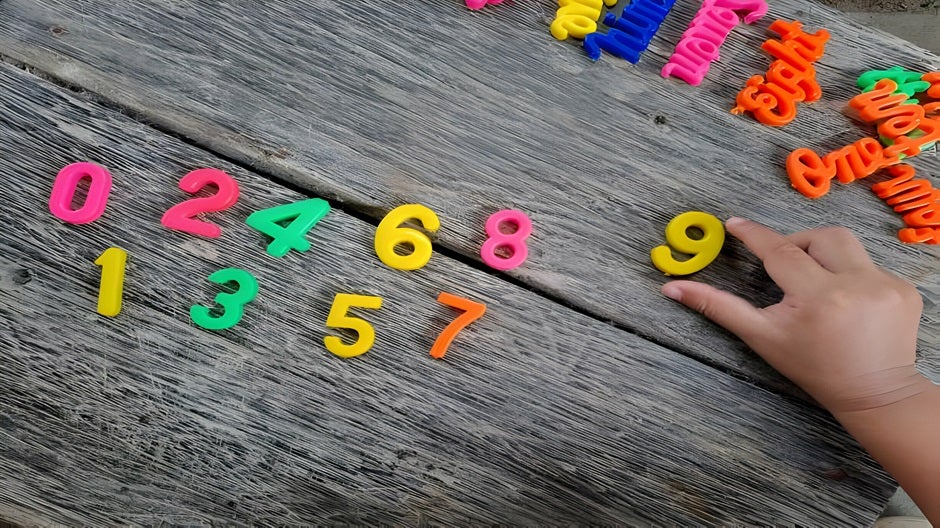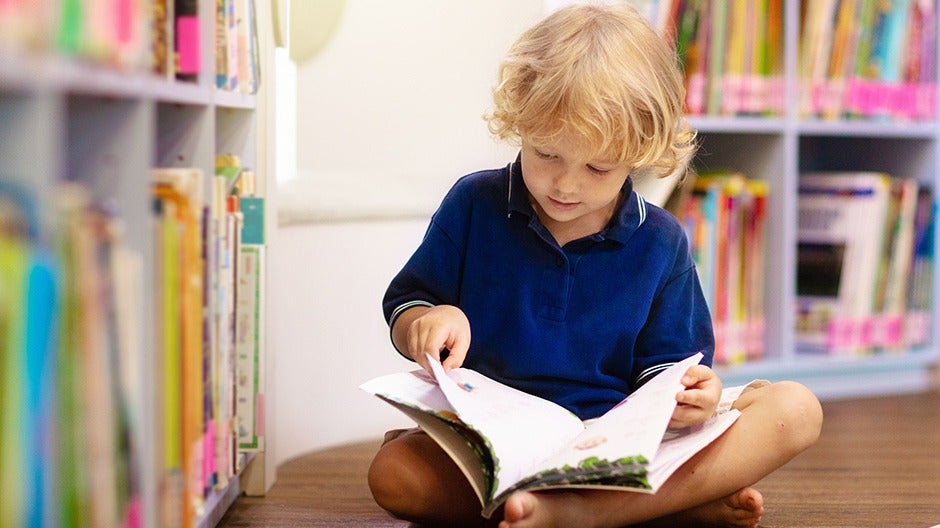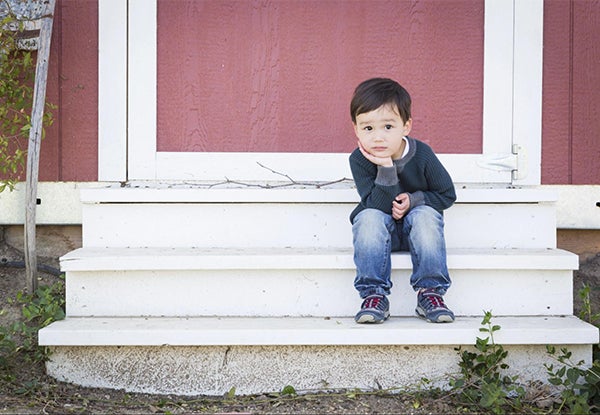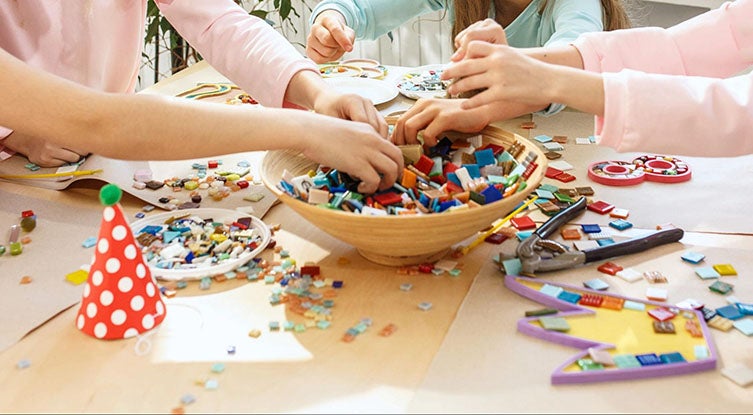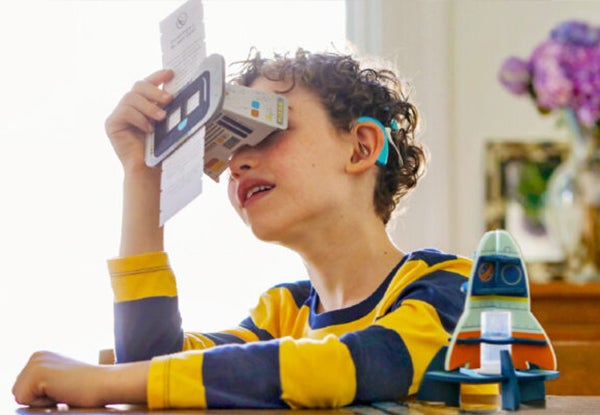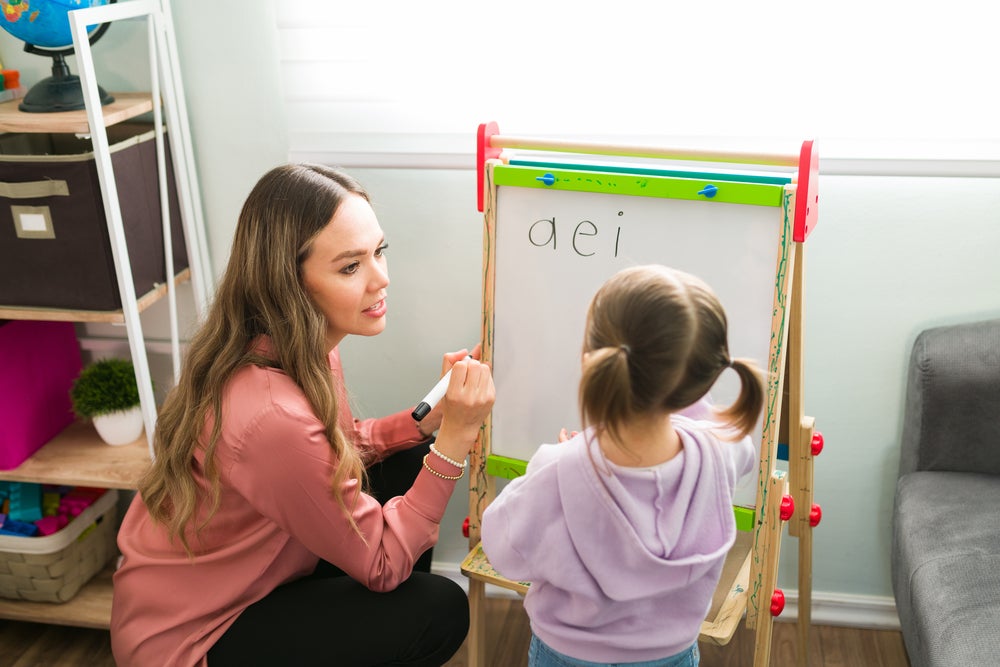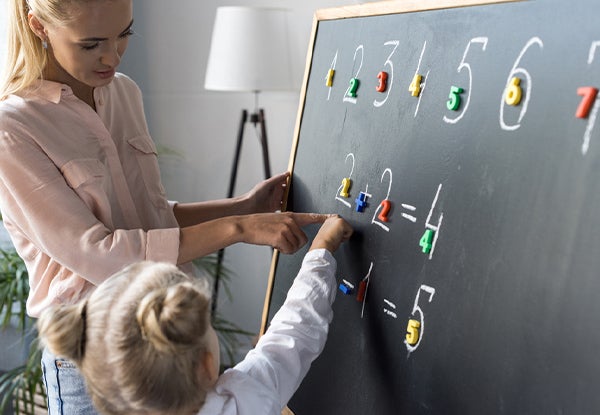For young children to learn how to compare numbers, they need to understand the meaning of more and less, greater than and less than, and equal to. They also need to know what the symbols (<,>, and =) represent.
With the right strategies and tips, you can help your child master comparing numbers at home.
Table of Contents
- Comparing Numbers: The Basics
- Strategies for Teaching Kids to Compare Numbers
- Comparing Numbers: Tips for Teaching
Comparing Numbers: The Basics
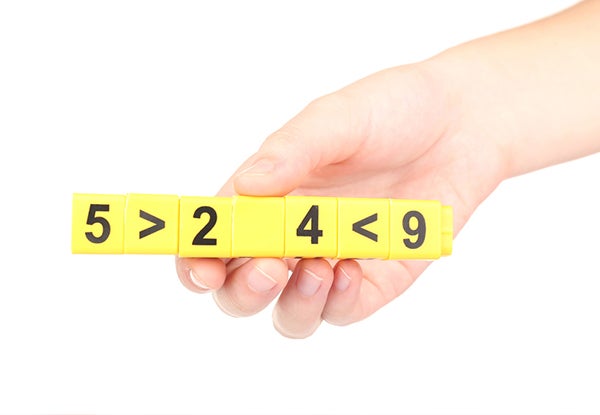
First, let’s review the basics of comparing numbers. When we compare numbers, we’re looking at two or more quantities and determining how they relate to each other. We’re trying to tell which is bigger or smaller or if the numbers are equal.
To do this, we use symbols like < (less than), > (greater than), and = (equal to.) These symbols help us visually represent the relationship between numbers.
For example:
- 5<10 means that 5 is less than 10
- 15>7 means that 15 is greater than 7
- 3=3 means that both numbers are equal
Comparing numbers is a fundamental math skill that lays the foundation for more complex concepts. It’s also an essential life skill used when comparing prices at the grocery store and keeping track of the score in a game (among other things).
Typically, kids compare single-digit numbers in kindergarten and move on to two-digit numbers in first grade. They’ll learn to compare larger numbers, fractions, decimals, and more as they progress through elementary school and beyond.
Skills Needed for Comparing Numbers

Before your child can look at two numbers and tell which one is greater, they must have a few foundational math skills. These include:
- Counting: Rote counting is the ability to recite numbers in order from memory, such as 1,2,3,4, etc. To compare numbers accurately, kids must have a solid grasp of counting and the order in which the numbers come.
- Number recognition: Your child should be able to identify and name numbers. If they don’t know that the numeral 7 equals seven, they won’t be able to compare it to a different number.
- One-to-one correspondence: This means understanding that each object or item counted gets one number, regardless of its size, shape, color, or position. For example, if your child is counting apples, they should understand that each apple gets one number (1,2,3).
Once your child has these skills, they’re ready for lessons on comparing numbers.
Strategies for Teaching Kids to Compare Numbers
Now that you understand the basics, let’s explore some strategies you can use to help your child master the skill of comparing numbers.
Use Visual Aids
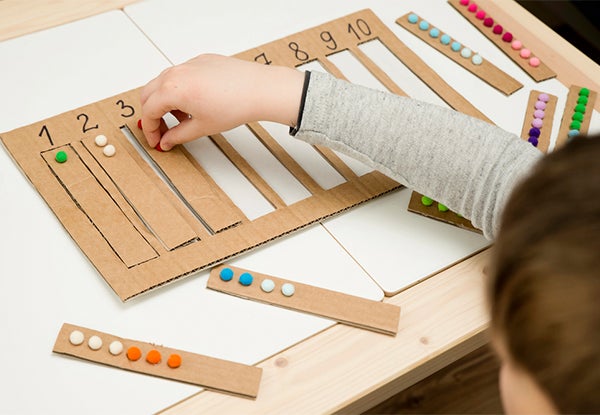
Young children often learn better with visual aids and hands-on activities. When they can see and touch objects to represent numbers, it becomes easier for them to grasp the concept.
You can use objects like blocks, paper clips, or other small objects to demonstrate the relationship between numbers. For example, if you want to compare four and seven, you can arrange a line of four blocks next to one of seven so your child can easily see that seven is larger.
Another helpful tool for teaching this skill is a number line. It visually represents numbers in order, with smaller numbers on the left and larger numbers on the right. Your child can locate both numbers on the line and see which is farther left (smaller) than the other.
Tip: Check out the HOMER app by Begin for games to help your child learn number lines!
Play Games
Kids learn so much through play, and many children’s games require players to compare numbers somehow. Here are four card games to try. They work with either standard playing cards or number cards:
- War: Split the deck between two players. On the count of three, each player flips over a card. Whoever has the highest number wins the round and collects both cards. Play continues until one player has all the cards.
- Garbage: Each player starts with ten cards face down. A draw pile is between them. On your turn, you draw a card and either swap it for a face-down card or discard it to the center. The goal is to get the numbers 1-10 in order.
- More Than/Less Than: This game is played similarly to War. However, instead of the person with the largest number always winning the round, players take turns saying “More Than” or “Less Than” before flipping a card. Whoever meets what was said wins.
- Solitaire: This classic single-player game is a simple way to practice comparing numbers since the goal is to arrange the cards from smallest to largest.
Games like these will help keep the learning process fun while providing plenty of practice.
Incorporate Real-Life Scenarios
Your child may wonder why they need to learn how to compare numbers. Help them see how they can use this knowledge every day by letting them:
- Compare prices at the grocery store
- See which recipe uses more ingredients
- Compare two routes on a map to see which one has fewer miles
- Check the daily temperature and compare it to the day before
- Weigh two different vegetables at the store and see which one is heavier
They soon discover life is full of opportunities to compare numbers!
Use Technology
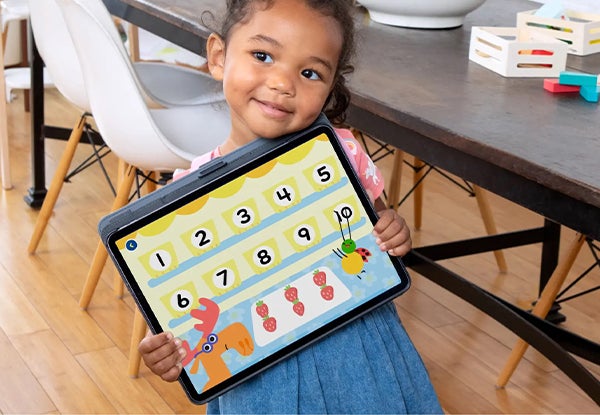
Educational apps, like the HOMER app from Begin, can help your child practice comparing numbers through interactive games and activities. Since the app is personalized for your child, they’ll get a tailored learning experience that’s fun and engaging.
Teach Different Methods
There’s more than one way to compare numbers. It’s important to teach your child multiple methods so they can use the one that makes the most sense to them.
Some common methods include:
- Using a number line
- Counting objects
- Teaching place value (how the value of each digit in a number is determined by its position)
Comparing Numbers: Tips for Teaching
These tips can help you teach your child how to compare numbers.
Use Math Vocabulary
Comparing numbers comes with its own set of vocabulary words. Before introducing the symbols, make sure your child understands the meaning of terms like “greater,” “lesser,” and “equal.”
When introducing these words, you can use the terms “more,” “less,” and “the same” to help reinforce the meanings.
Turn the Symbols into Hungry Alligators
Draw an alligator in profile with its mouth open. Put a number in front of its open mouth. Put a smaller number behind its head.
Teach your child that since the alligator is so hungry, it always wants to eat the bigger number. Point out that the alligator’s open mouth resembles a “greater than” sign.This can help them remember which way to draw the symbol between numbers.
Another way to help kids keep the symbols facing the correct way is to have them draw two dots to the right of the larger number and one dot to the left of the smaller one. When they connect the dots into a sideways V, the open side will face the bigger number.
Practice, Practice, Practice
As with any new skill, practice makes progress! Spend a few minutes each day comparing numbers. Daily practice will reinforce the concept.
Keep it Fun

Here are a few ways to mix up your practice:
- Write numbers on sticky notes and hide them around the house. Each time your child finds two numbers, ask them to compare them.
- Cook together. As you gather ingredients and measure things, ask your child to make comparisons. (The Kitchen Adventure subscription from Little Passports will give you some kid-friendly recipes!)
- Play two truths and a lie. Write three comparison number sentences (like 3 > 8, 9 > 4, and 2 = 2). Ask your child to identify which one is the lie. Then, have them write three for you.
- Get out the dominoes and do some comparisons. Place them face down on the table, and on the count of three, each of you flip over one domino. Whoever has the most dots wins.
- Give your child one minute to gather as many toys as possible. When the timer beeps, ask them to sort the toys into piles and compare them. Do they have more stuffed animals or figurines? Are there more blue toys or red ones?
- Each of you grabs a handful of something small (chocolate chips, raisins, small crackers, etc.) and then counts and compares the numbers. Who got the most? How many more did they get?
These math games and activities will help your child master comparing numbers.
Use Encouraging Words
Use encouraging words and praise your child’s efforts as they learn how to compare numbers. Remind them it’s OK to make mistakes along the way. Let them know that with practice, they’ll get better!
Practice Math and More with Begin
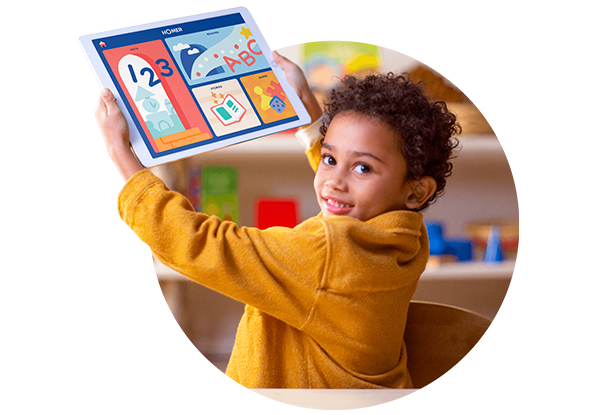
As you incorporate these strategies and tips, your child will soon be comparing numbers like a pro. So keep playing those math games, use real-life examples, and provide plenty of practice opportunities. You’ll be amazed at how quickly your young learner grasps this core skill.
Check out the HOMER app from Begin for even more practice with core skills. Your child will have so much fun learning while playing interactive games. It’s a great way for them to practice their math, reading, and thinking skills, so sign up for a free trial today!
